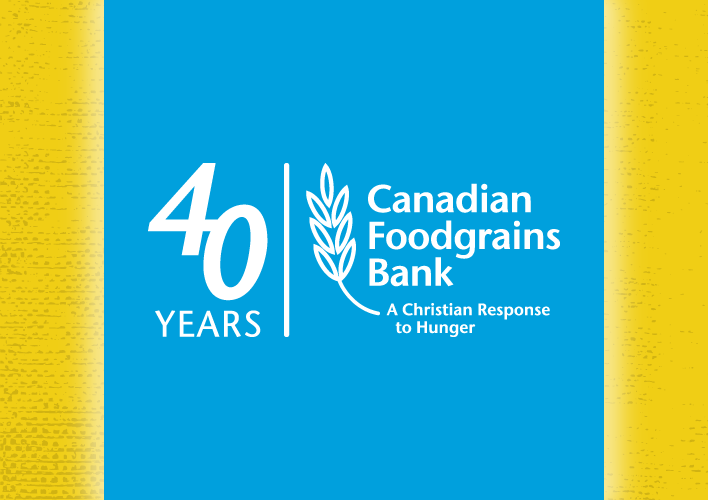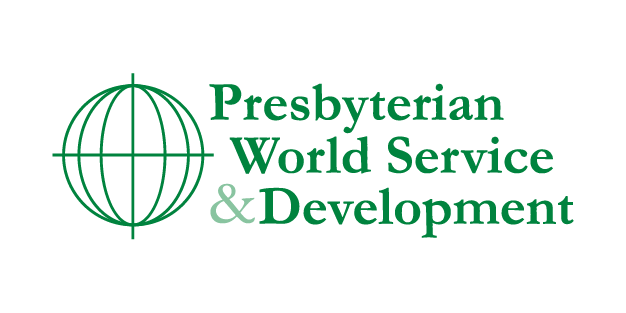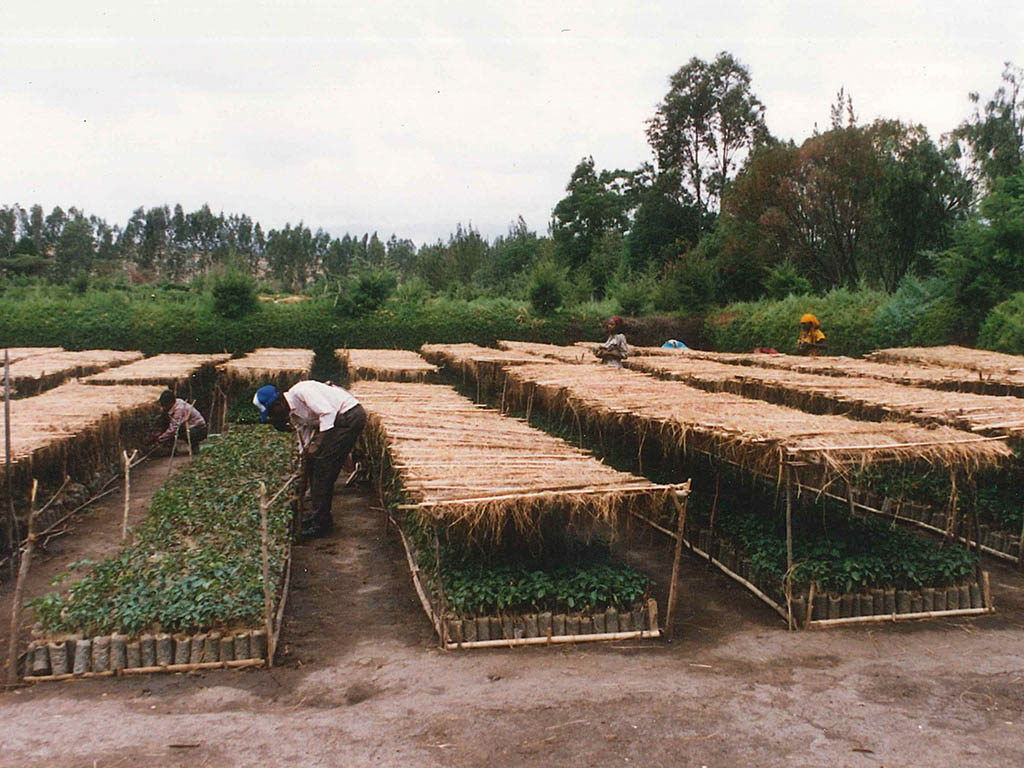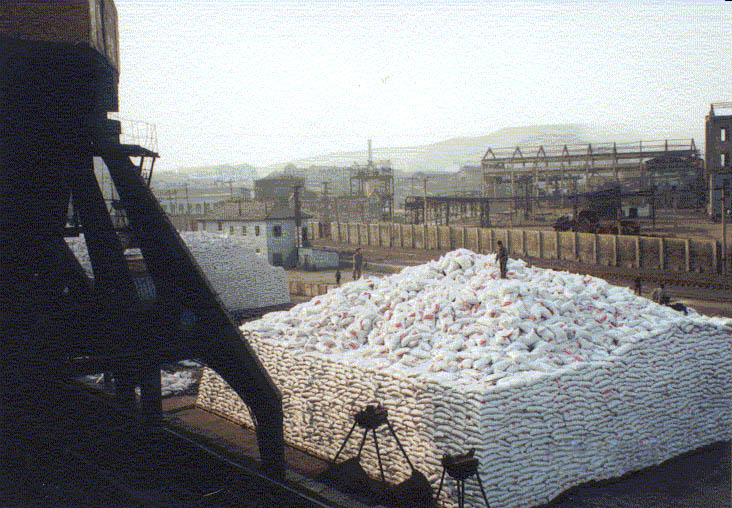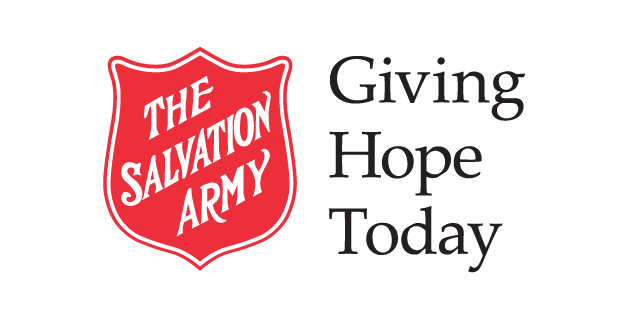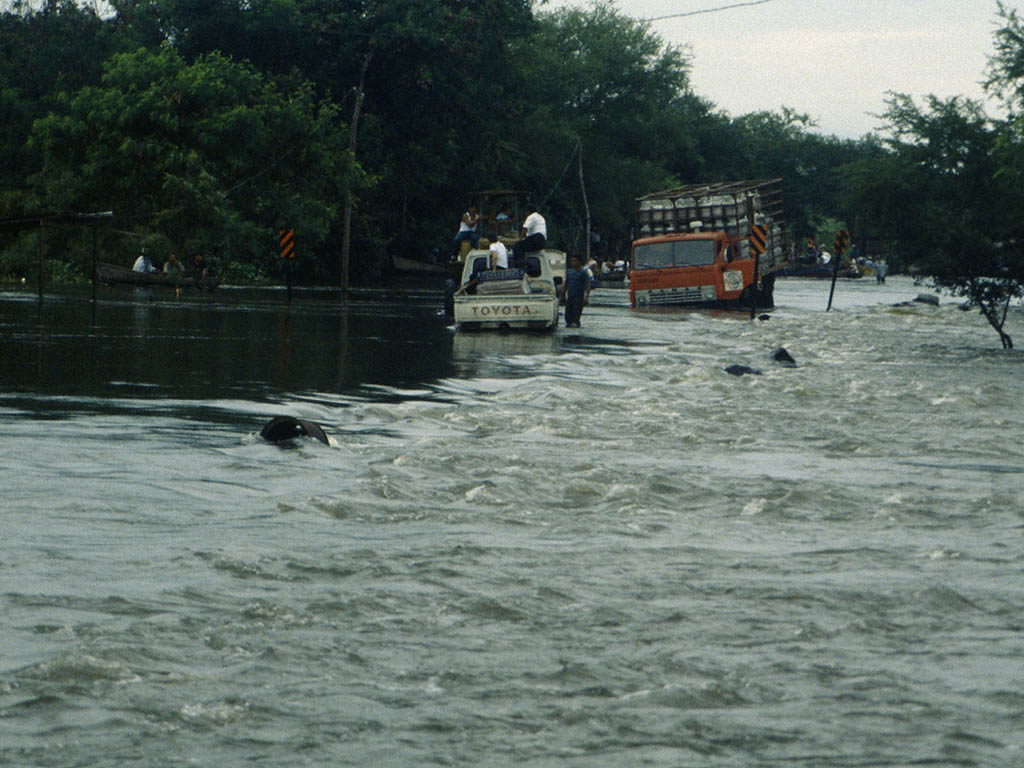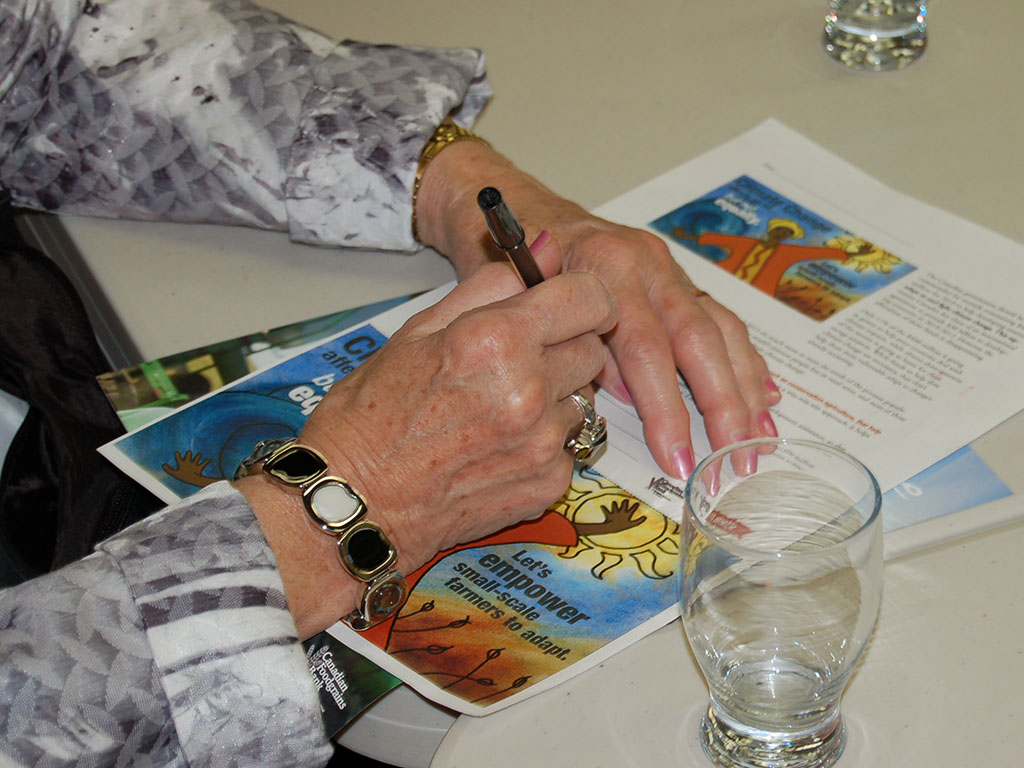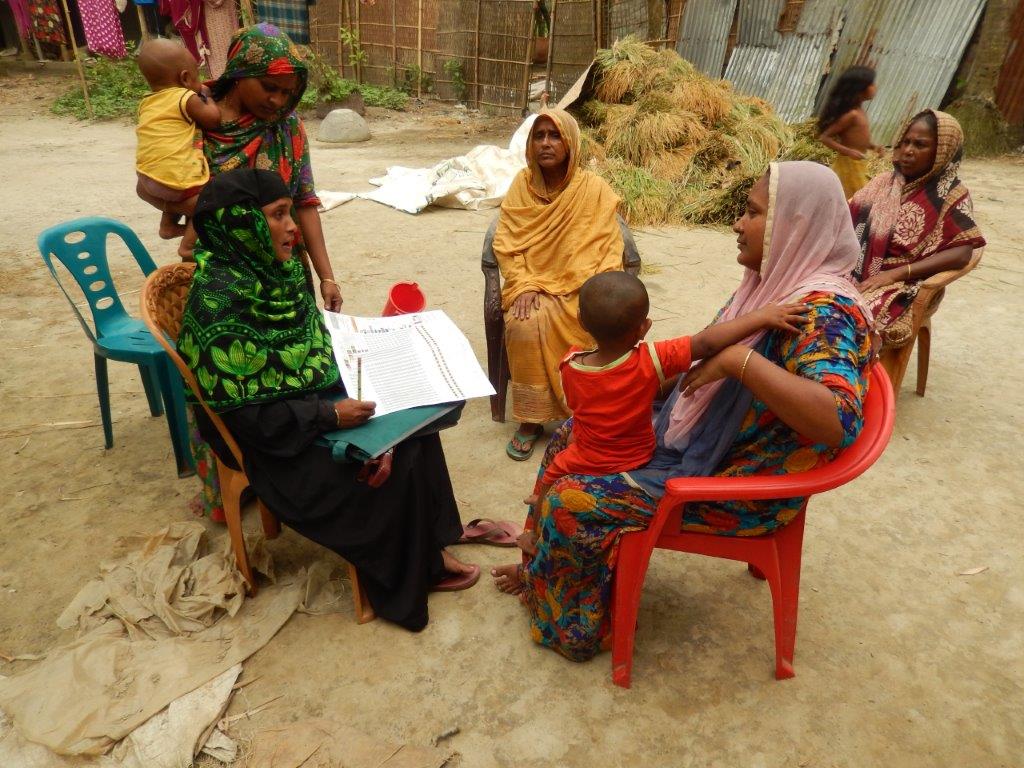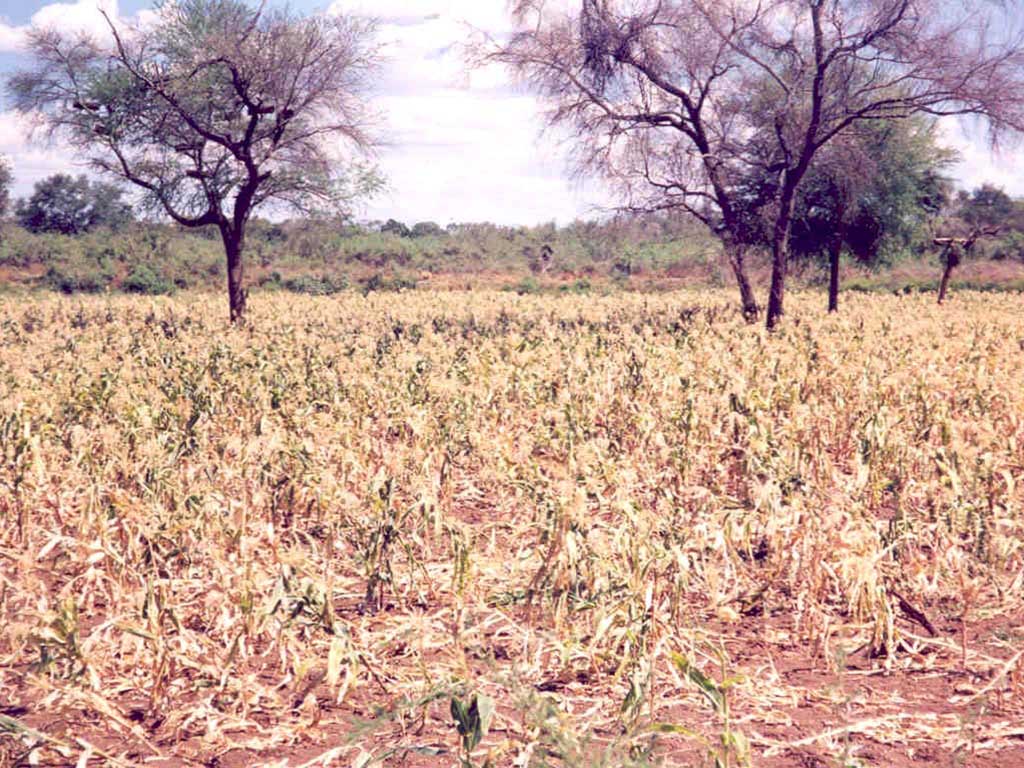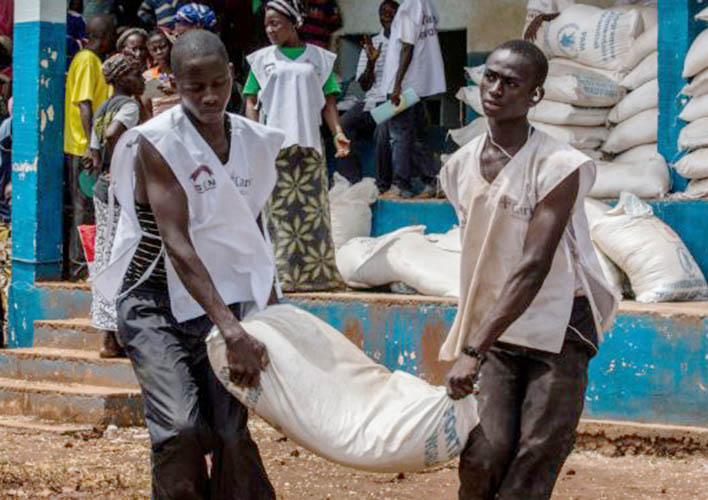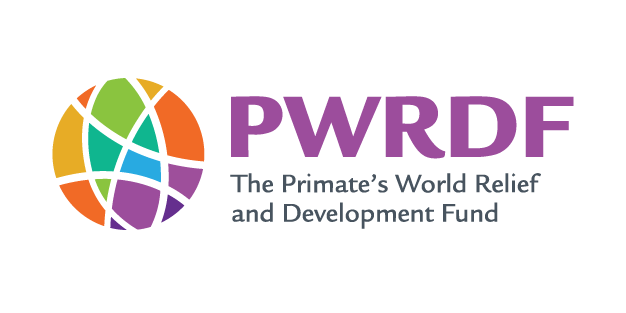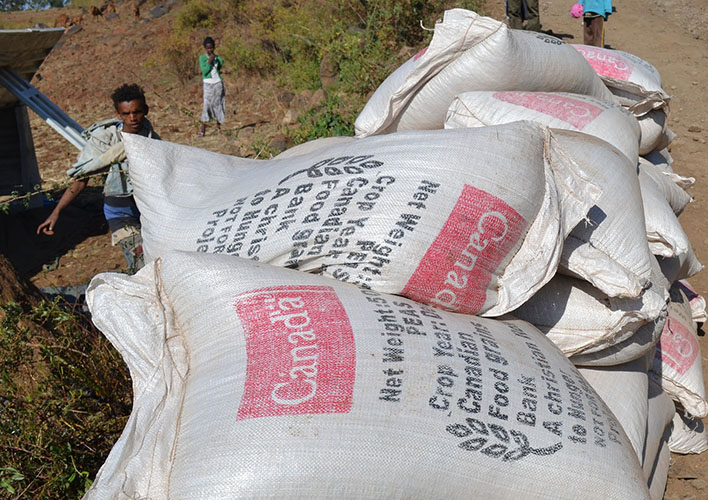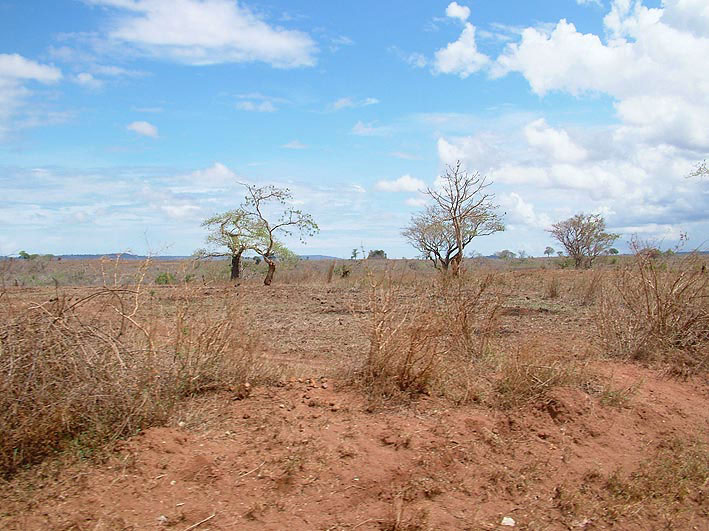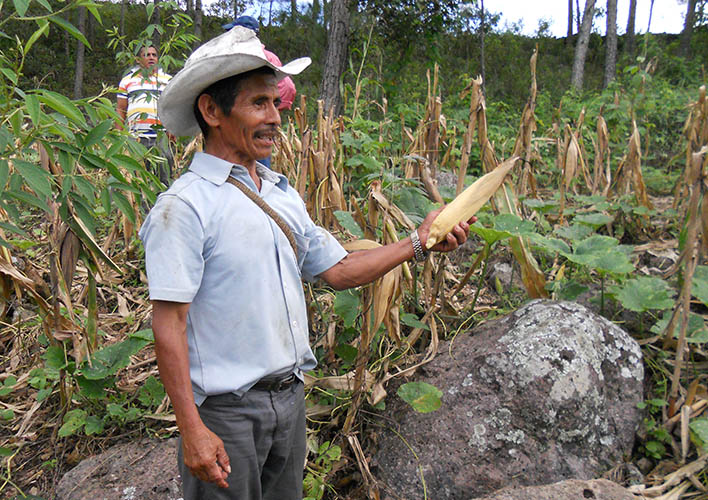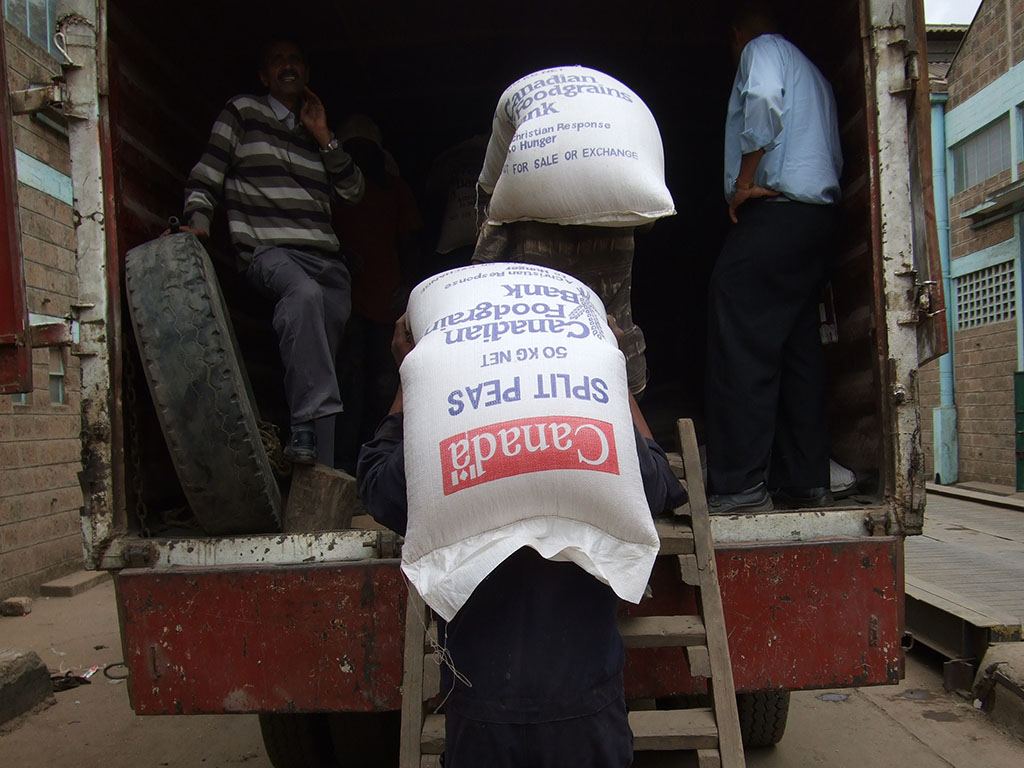Presbyterian World Service & Development
Presbyterian World Service & Development joins the Foodgrains Bank.
Foodgrains Bank’s work encompasses food security
The mandate is broadened to include food security—helping people to become more resilient so they can better overcome disasters and food crises and develop long-term, sustainable livelihoods.
Foodgrains Bank members respond to Hurricane Mitch
Foodgrains Bank members respond to devastation in Nicaragua, Honduras and Guatemala.
Foodgrains Bank increases policy and public engagement work
Policy work seeks to engage governments and institutions in the work of ending hunger via advoacy and dialogue. Public engagement educates and involves the Canadian public in the work of ending hunger.
Nutrition programming begins
Nutrition programs targeting the first two years of life are key to avoiding the cycle of ongoing poverty and hunger.
Canadian government partially unties food aid
Advocacy led by the Foodgrains Bank results in the Canadian government allowing 50 percent of government food aid funds to be used to buy food closer to areas of need in the developing world. This is known as ‘untying’ food aid.
Conservation agriculture programming
The first conservation agriculture project is implemented by The United Church of Canada through local partner Christian Care in Zimbabwe.
Canadian Catholic Organization for Development & Peace
Canadian Catholic Organization for Development & Peace (now Development and Peace–Caritas Canada) joins the Foodgrains Bank.
Primate’s World Relief Development Fund
Primate’s World Relief Development Fund (Anglican Church of Canada) joins the Foodgrains Bank, bringing membership to 15.
Canadian government completely unties food aid
Foodgrains Bank is allowed to use all government funds to buy food in the developing world.
Climate change effects examined
The Foodgrains Bank investigates the effects that climate change is having on smallholder farmers in countries where it works.
Canadian government prioritizes food security
With urging from the Foodgrains Bank, the government makes food security one of its aid program’s three priorities.
Major emergency food response in East Africa
The Foodgrains Bank responds to a major food emergency, including famine in parts of Somalia.
